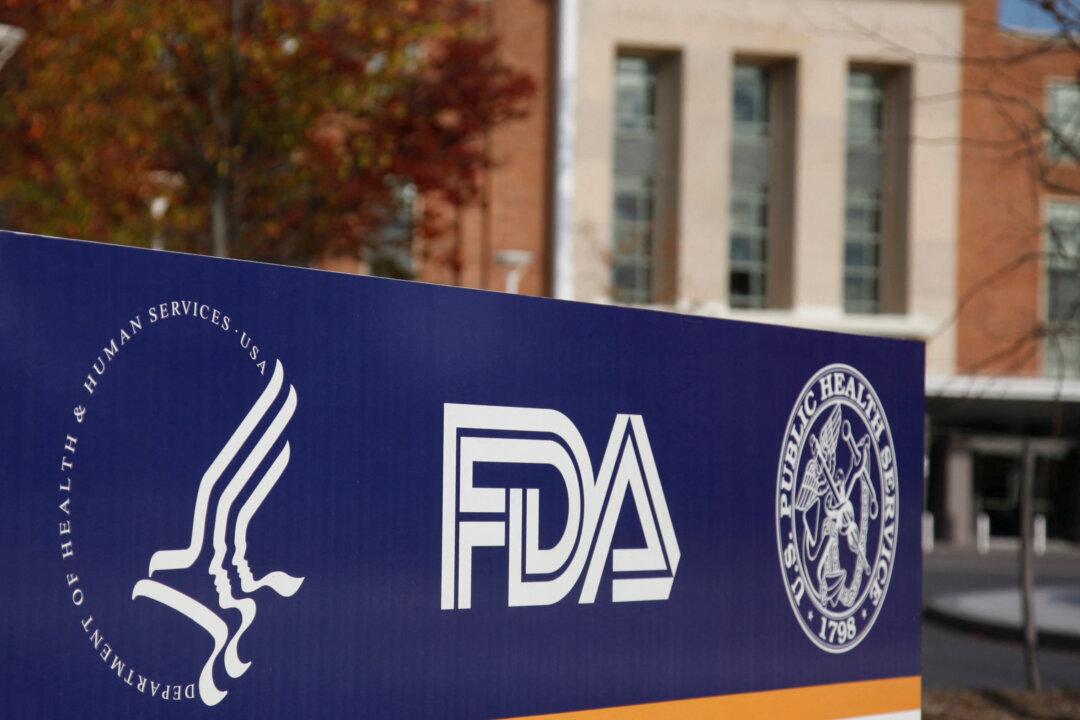Retail chains Macy’s and Kohl’s are set to shut down nearly 100 stores across the country, with the decision following several quarters of negative year-over-year revenue growth.
Macy’s CEO Tony Spring said that closing unproductive outlets would “allow us to focus our resources and prioritize investments in our go–forward stores, where customers are already responding positively to better product offerings and elevated service.”
As for Kohl’s, most of the closures are set to take place in California, with 10 outlets shutting down in the state.
In addition, the company aims to shutter its San Bernardino E-commerce Fulfillment Center (EFC) in May, when the facility’s lease term expires. It is one of the 15 EFCs and distribution centers linked to the company across the United States.
Kohl’s justified the decision, saying it is in a position to fulfill orders without the San Bernardino facility.
“All associates have been informed, and offered a competitive severance package or the ability to apply to other open roles at Kohl’s,” it said.
Tough Business Conditions
Several companies have slashed store counts, shuttered divisions, or filed for bankruptcy in recent months, citing profitability and cost challenges.“When we look at the all-up costs of running this business, including costs like marketing and technology, we are losing millions of dollars every year and subsidizing Experiences with profits from other parts of the business,” he said.
The company said the decision was taken to ensure continued operations while it faced an “immensely challenging environment driven by inflationary pressures on costs and consumer spending, among other factors.”
“Businesses continued to face pressure in 2024 from elevated interest rates, especially as total debt among credit-rated non-financial U.S. companies reached a quarterly record of $8.453 trillion,” the report said.
“While some relief came in September when the U.S. Federal Reserve began lowering its benchmark interest rate from a 20-year high, the central bank’s monetary easing may slow in 2025.”
“If the current trend continues, new bankruptcy filings will return to pre-pandemic normalized volumes over the next 24–30 months,” he said.







